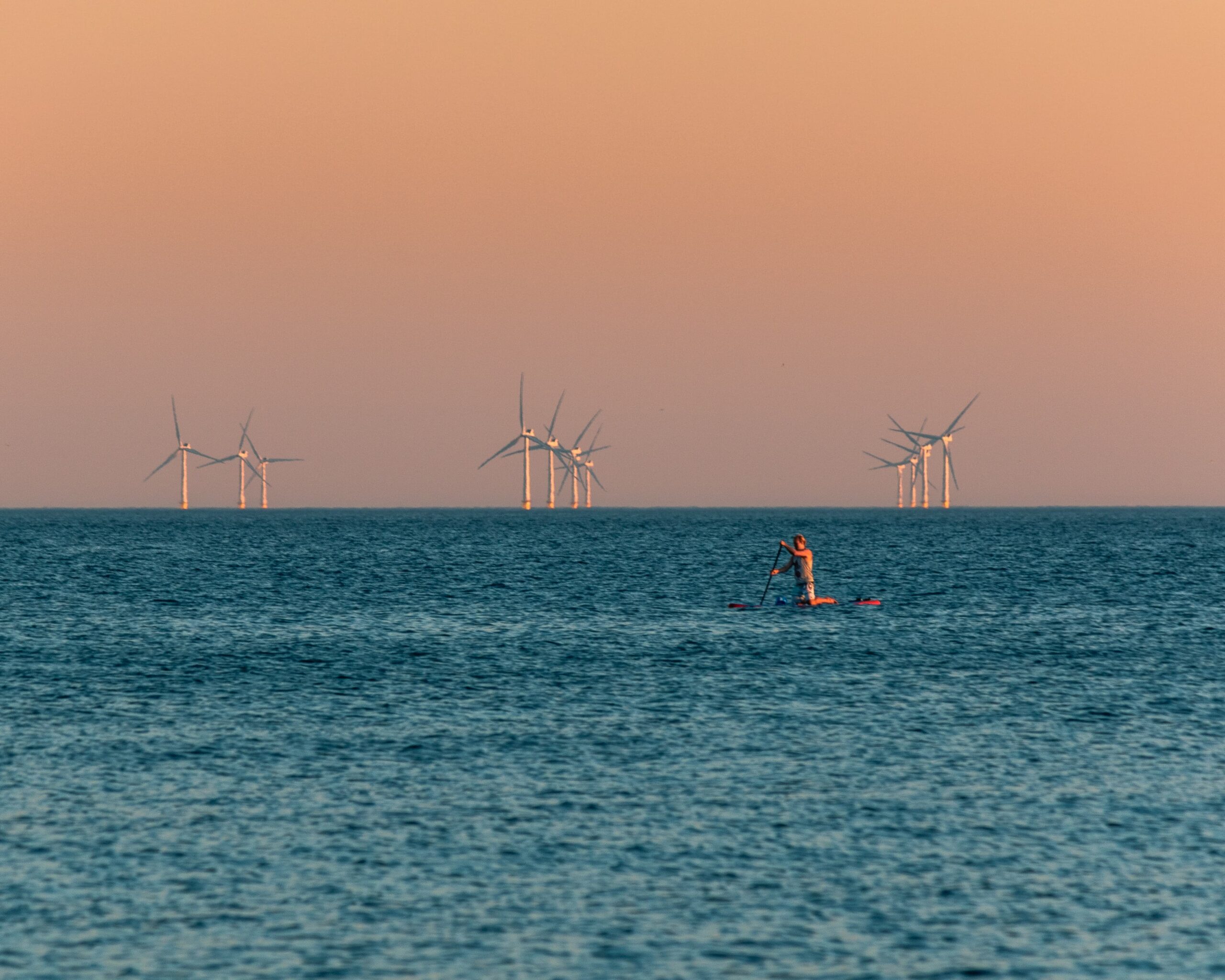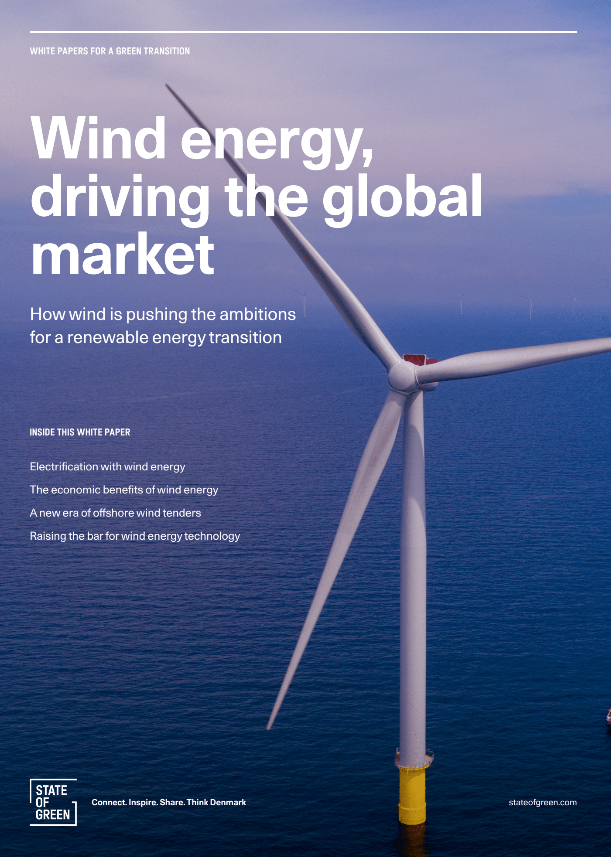Download our publication on wind energy today
This article is part of our publication ‘Wind energy’.
Download nowPerspective
Offshore wind
Wind energy


Offshore wind is inherently a complex business, hence planning procedures and allocation of risks are both important issues when designing a regulatory framework. The Danish approach for tendering new offshore wind farms is the result of many years of experience in setting up conditions
for large-scale wind farms. The initial groundwork was laid in 2002 prior to the announcement of the very first offshore wind tender – Horns Rev 2. Since then, regulation, planning, and tender models have evolved and adapted.
It has been a priority to secure transparency and flexibility for investors to make the Danish market attractive. Relevant stakeholders are invited to market dialogues to discuss the tender material. Full flexibility is given to design the wind farm. The awarding criteria are very clear, and only financial and technically competent companies can participate in the process. Another principle of the Danish model is efficiency, which is achieved via the one-stop-shop concept. This is embedded in Danish legislation and allows the Danish Energy Agency to be the single point of contact throughout all phases of establishing offshore wind projects – from early planning to commissioning and operation. This approach reduces the risk of unforeseen regulatory barriers and enhances thorough planning and coordination amongst authorities.
Over the years, the Danish framework conditions have led to healthy competition in the market serving to push down cost. To stay ahead of the newest developments, Denmark consistently seeks to improve the planning, regulation, and tender procedures. These could be technological improvements challenging the regulations or regulatory barriers to new sources of finance. It could also be other issues that pose a disproportionately large risk to the project and thus raise the cost.
Today, the Danish Energy Agency is implementing new ways of driving down the costs and still maintain a high degree of security for investments. As part of the Energy Agreement from 2020, political parties in the Danish Parliament have agreed to establish two offshore wind farms with an individual capacity of around 1 GW before 2030. The principles in the agreement are to pave the way for a green transition on market conditions. Therefore, new measures are included in the ongoing tender of the Thor Offshore Wind Farm (800- 1,000 MW). This counts a new subsidy scheme (CfD model)
and a different interface solution for the grid connection. The interface gives the developer the responsibility to construct, own, and operate these installations. The second tender, Hesselø Offshore Wind Farm (800-1,200 MW), can potentially become the largest offshore wind farm in Denmark with the 200 MW “overplanting” option given to developers. Also, the option of adding batteries, storage, and PtX facilities is a concept, which has not been applied in previous tenders.
Both projects are expected to be commissioned latest by 2027 with the aim to foster innovation, optimise grid solutions, and ultimately lower the total cost of the offshore wind farm.

This article is part of our publication ‘Wind energy’.
Download now